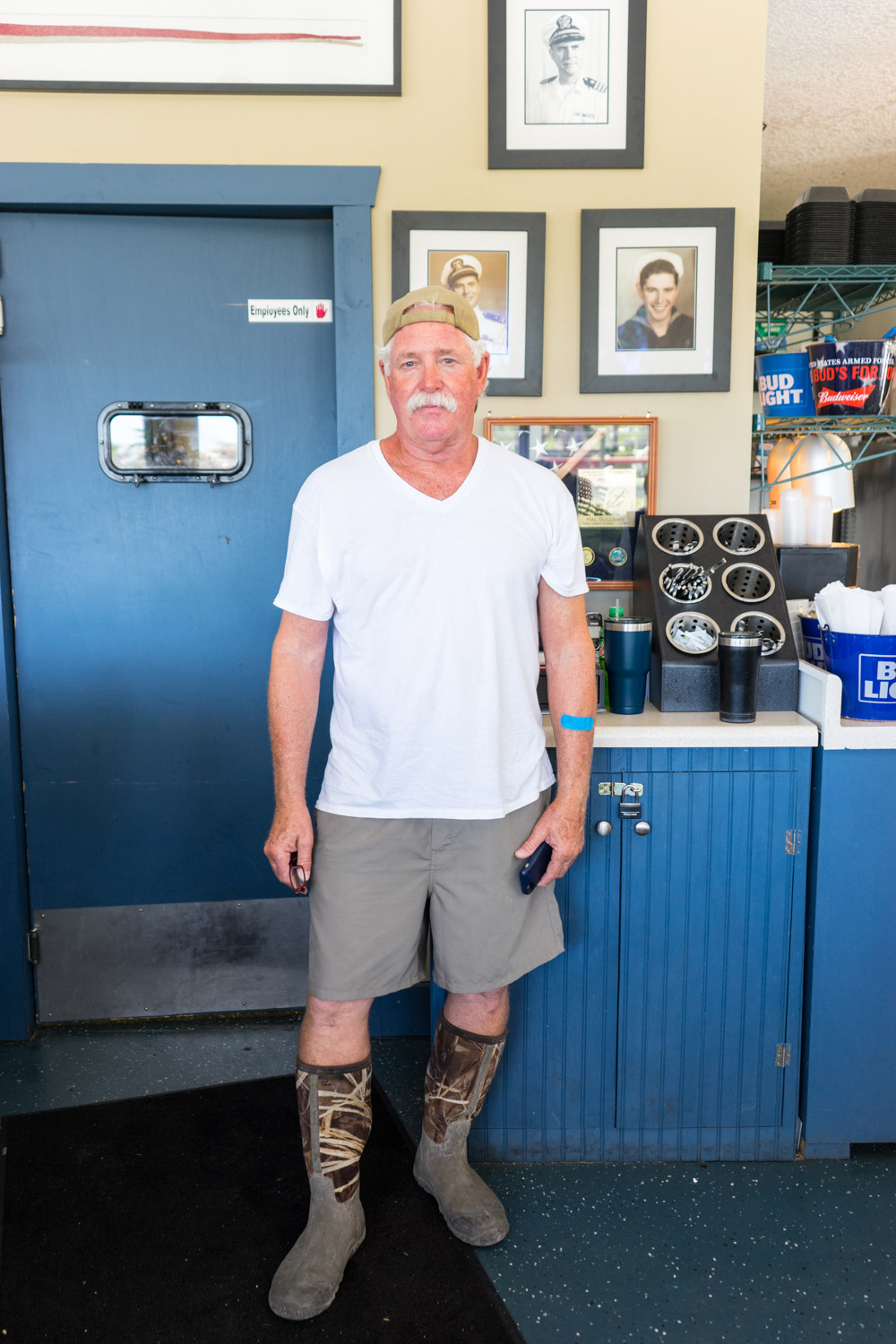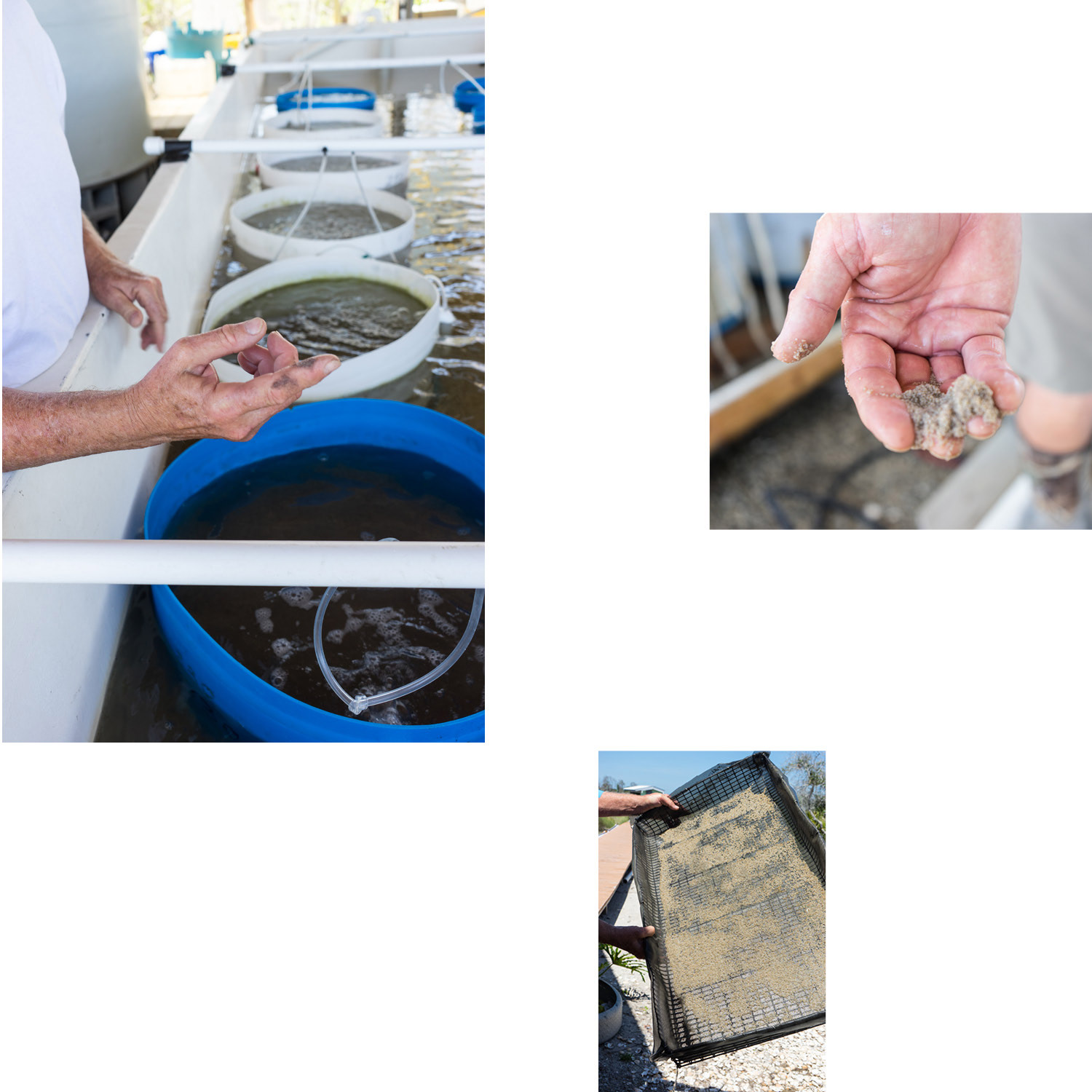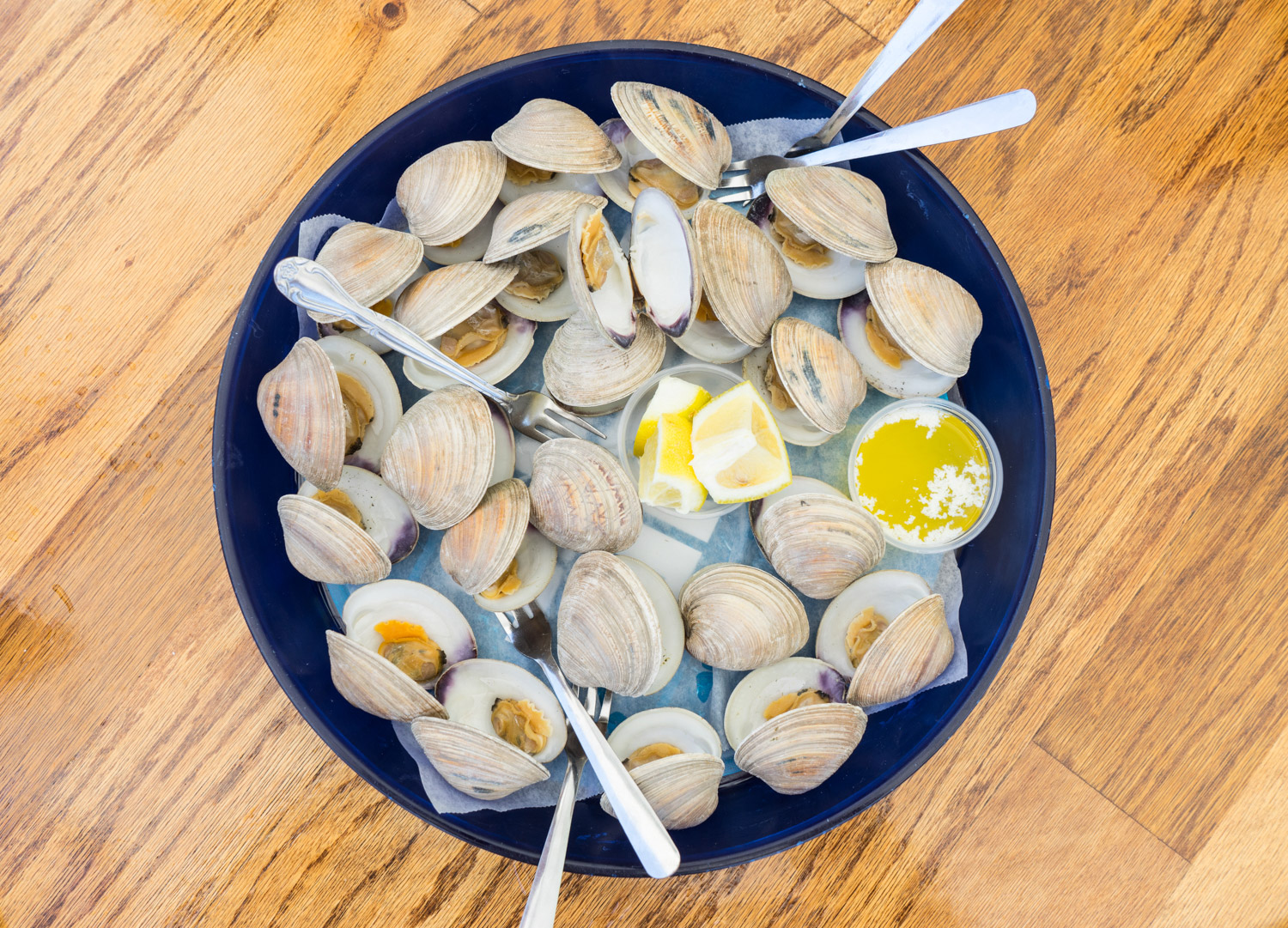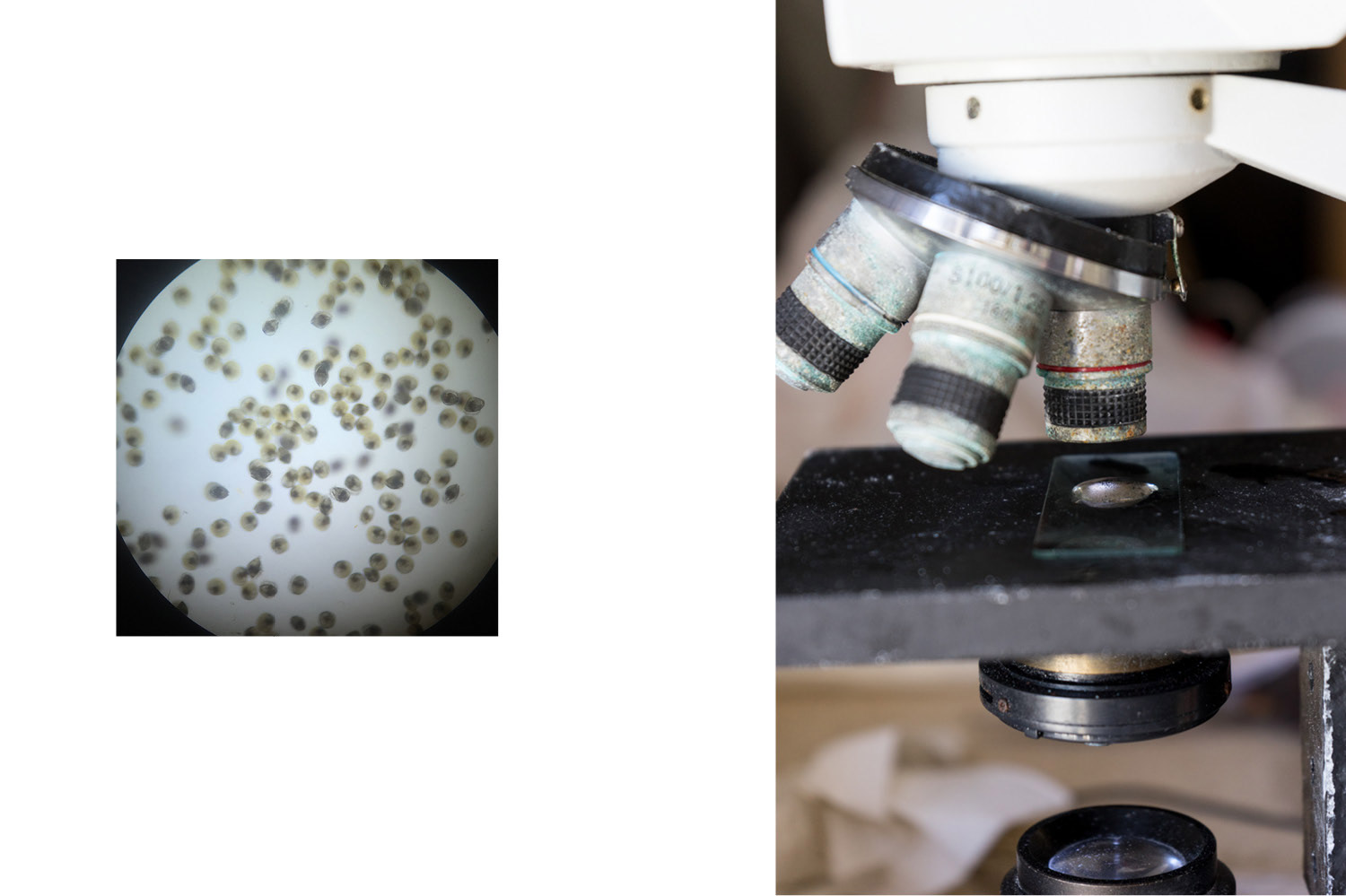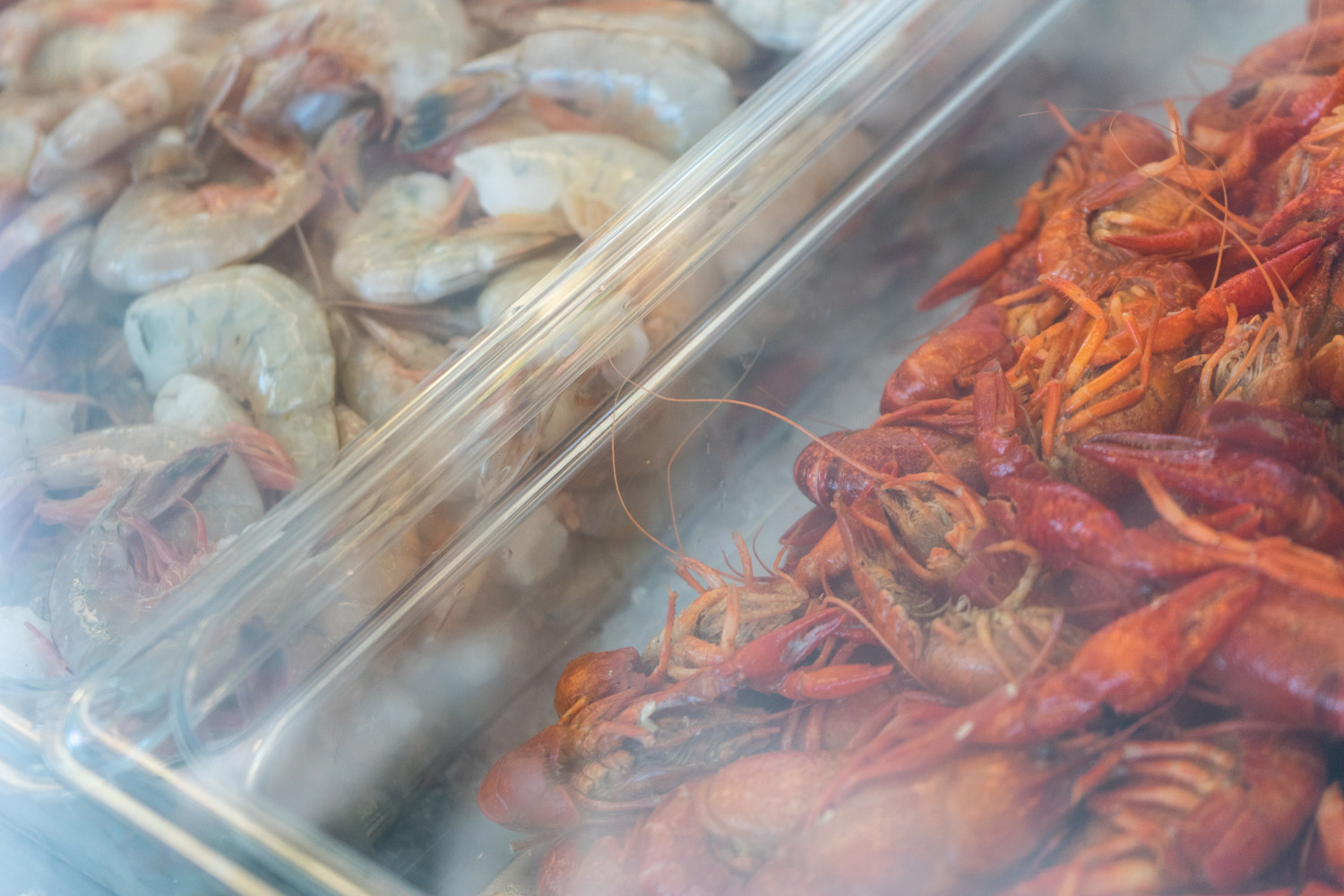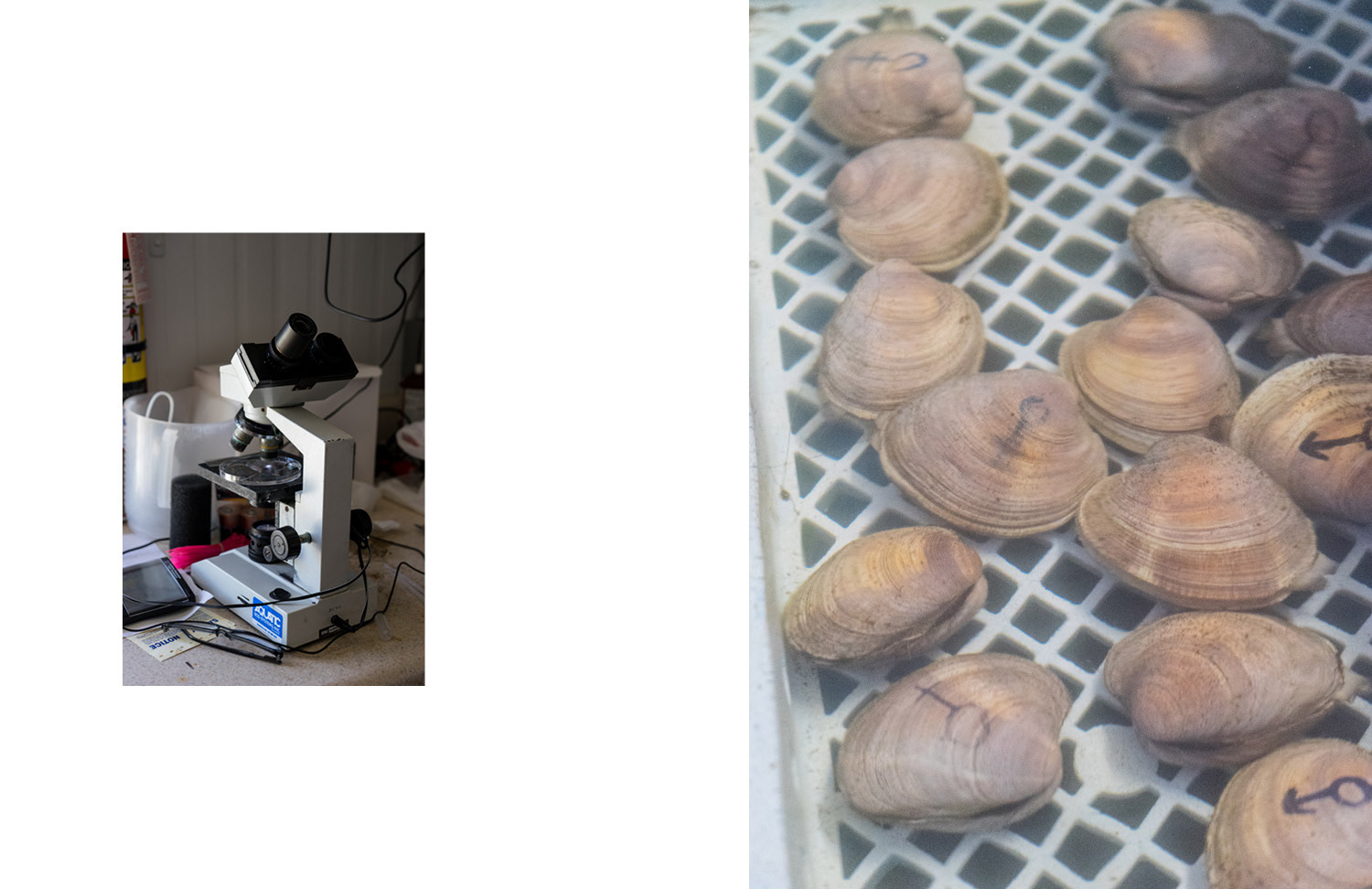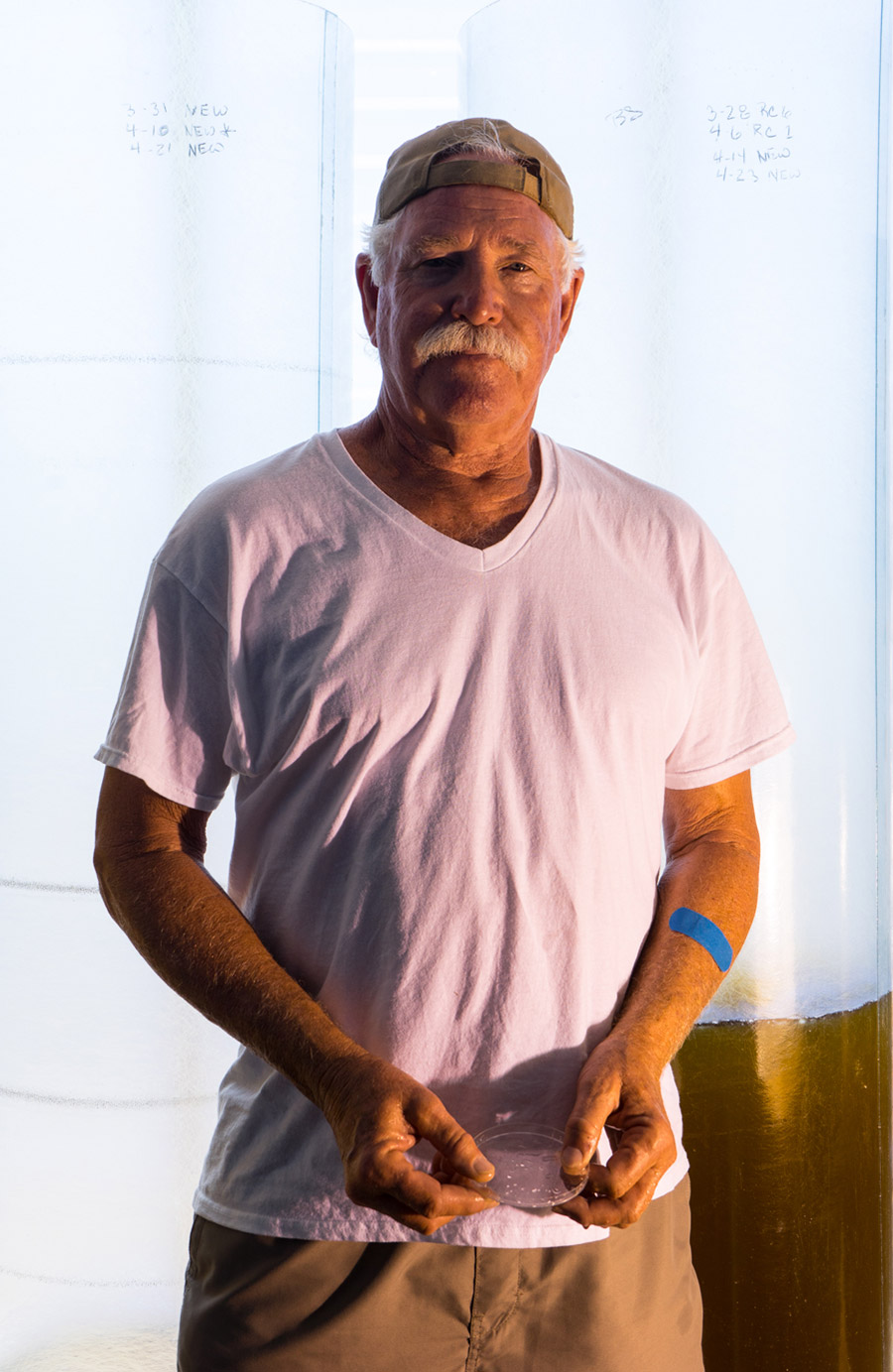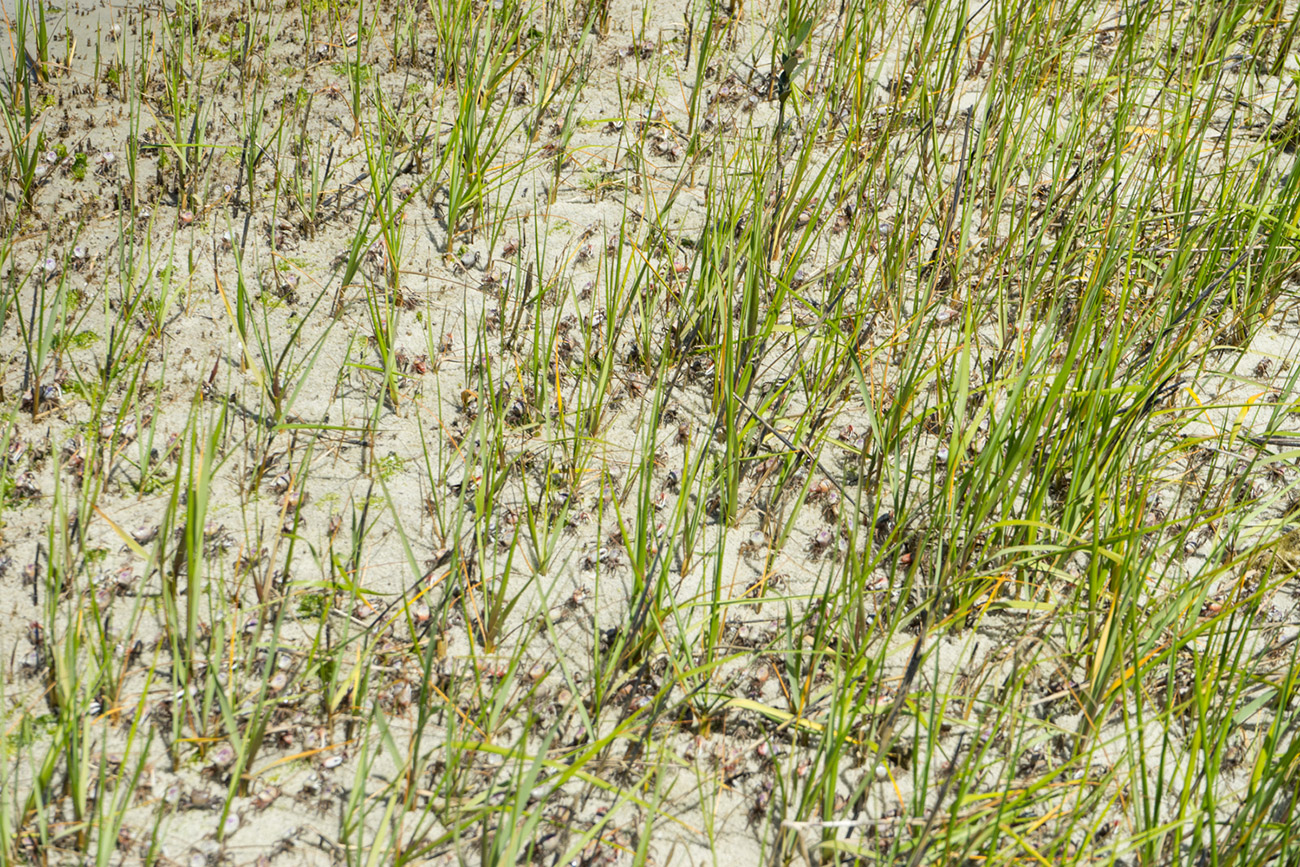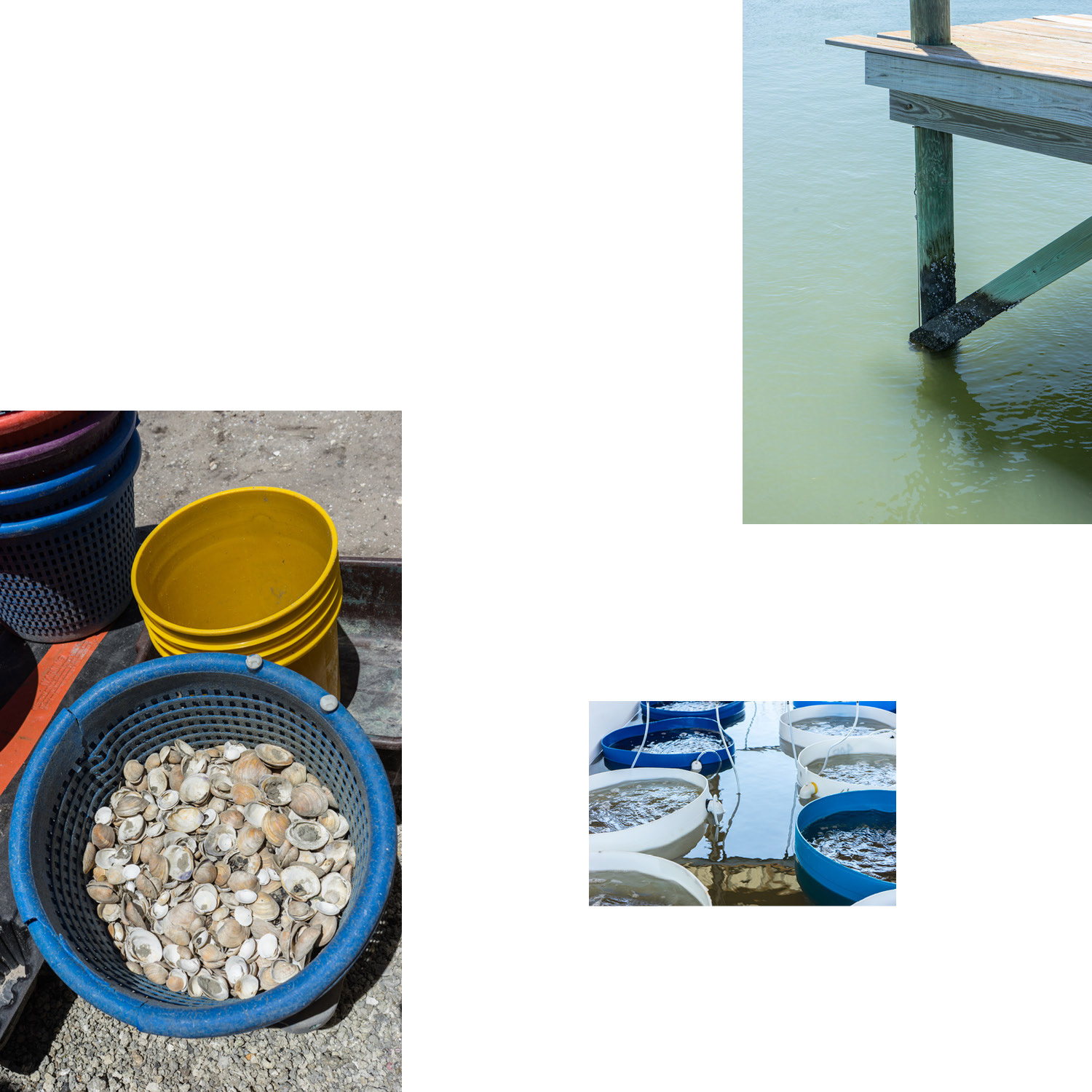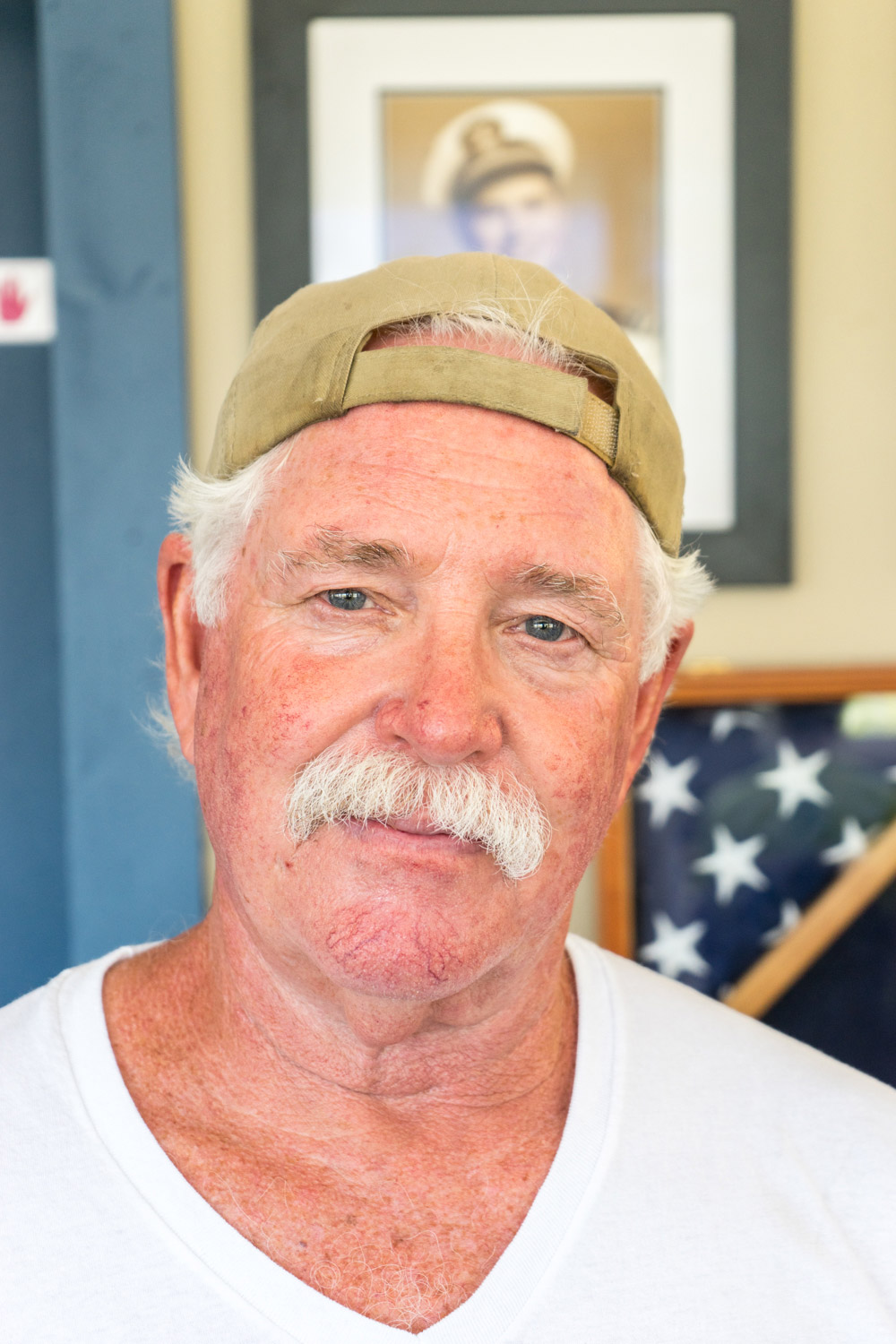How and why did you get started with farming clams?
I have a degree in Mathematics and Computer Science and I wrote software from 1982 through 2001. In 1992 I became interested in finding something new to do — outside. I was tired of being cooped up inside all the time with a computer. A friend told me of this wonderful thing called aquaculture where you “farmed” shellfish in the river. It sounded interesting and after investigating the opportunity with the state, I committed part time. I began in St Augustine with 8 acres. Being energetic, I started looking for more acreage and being refused in St Augustine, I looked to the south and found Acreage avail- able in New Smyrna Beach in the North Indian River Lagoon. I began “spawning” and “nursing” clam seedlings there in 1996. By 2012, with 14 full time employees, I was selling 50,000 hard clams per week to the resorts of Disney, Hyatt, Mariott, and Ritz Carlton. Also I was selling 40-50 million seedlings for grow out by farmers of Florida, Georgia, South Carolina, North Carolina and Virginia. In 2008, the state began a 5 year project to “restore wetlands” in the area surrounding my 34 acres of leas- es with the idea that mother nature would finish the job. It left my farmland unusable. In 2012 I purchased a lease in Crescent Beach and again began to farm there.
Describe the process a clam goes through, from “farm to table” so to speak.
I begin by “ripening” brood stock in a temperature controlled tank. When the clams are ready, I “spawn” them collecting and mixing the “eggs” and “sperm” in a “larval” tank where the re- side for 10-12 days swimming and eating. When they develop the “foot” they drop to the bottom and change into a bottom dwelling clam. After a 10 more day stay in the “hatchery” they are moved to the “nursery” where they are fed and washed every day going from 300 microns to 7-8 millimeters diameter. At this time they are put in a 4’x4’ bag with 4mm holes and placed in the river on the shellfish lease bottom. After 3 months the bag is brought in and the clams are sized again and placed in a bag with 10mm holes. They will grow out to harvest size in another 8 months or so.
What is unique about this area / region for farming clams and shellfish?
This area is good because the tidal surge is 4-5 feet 2 times a day. This brings in clean ocean water. We are also between two inlets that really gives us a good flush.
